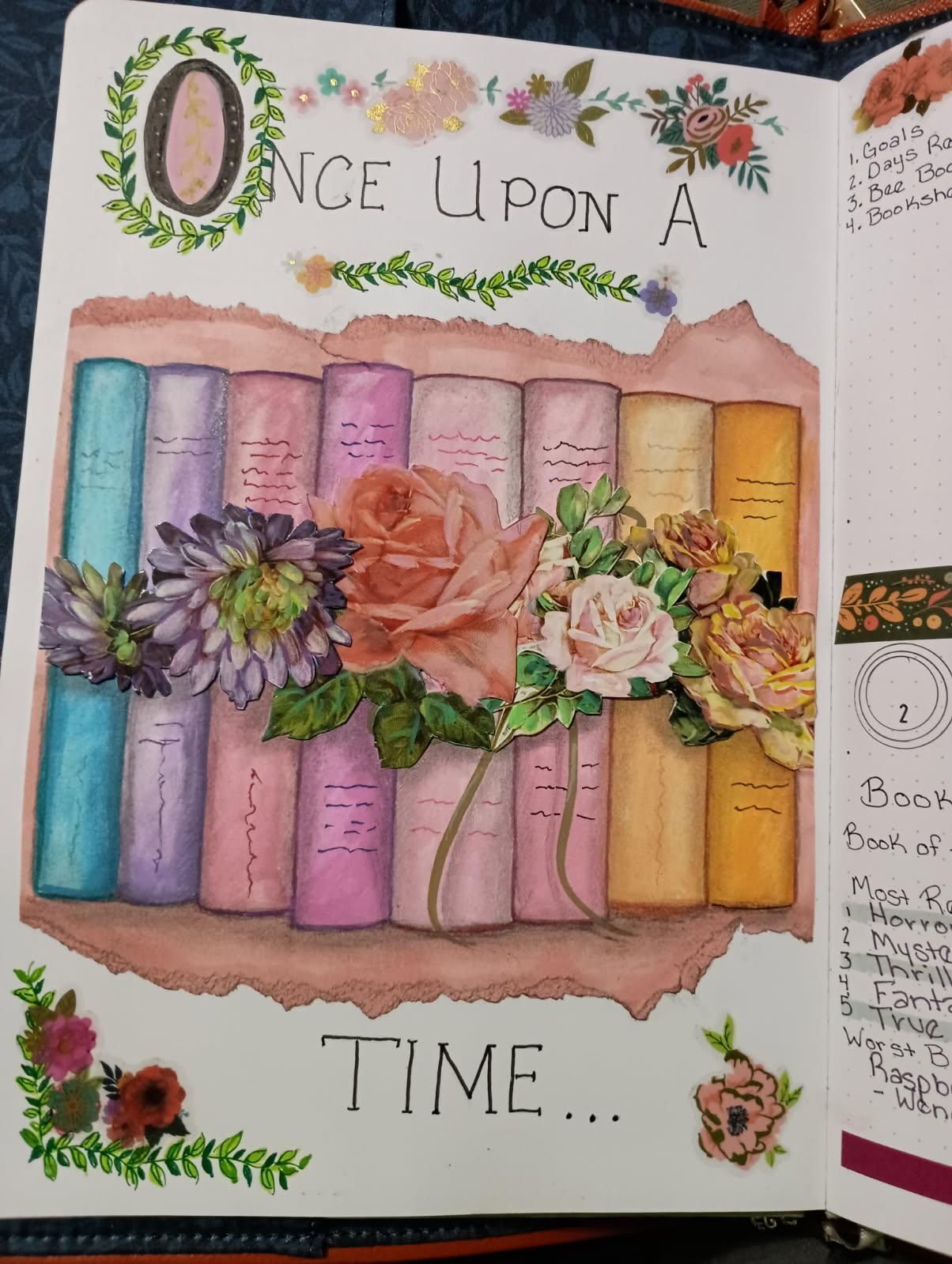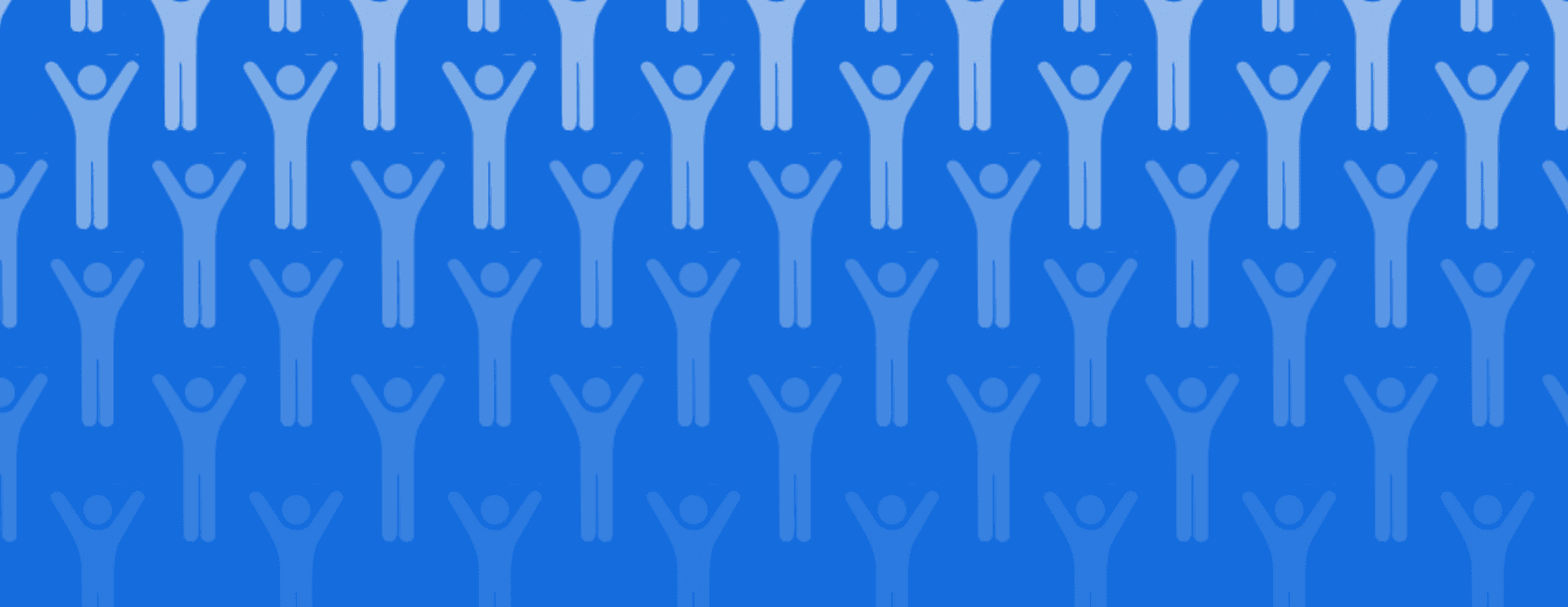
If you’re a prolific reader with a towering “to be read” list—mine currently sits at a casual 517 titles—you know the struggle: the excitement of discovering a new book is often tempered by the reality of how quickly the cost of buying books can add up. Thankfully, with some strategic use of library cards, subscription services, and free resources, it’s possible to read widely without emptying your wallet.
One of the best ways I’ve found to read a large number of books without resorting to selling a kidney on the black market, is my library card collection. I have three in total—one from my local Nebraska library, another from an out-of-state library that offers free cards to non-residents, and a third that I pay $125 a year for (Orange County Florida, if you’re interested) as an out of state resident because its catalogue is massive. All three give me access to digital and audiobooks through the free Libby app. Most libraries today partner with Libby, and once you’ve signed in, you can borrow e-books and audiobooks instantly. Over half of my TBR is available this way, making Libby my first stop for any new book I want to read.
For the books I can’t find in Libby, I turn to Kindle Unlimited. At around $12 a month, while not free, it’s a cost-effective way to access a huge catalogue of e-books, and most of the remainder of my TBR can be found there. While Kindle Unlimited doesn’t have everything, it does carry many indie titles, romance series, and backlist books that libraries sometimes skip. This is usually my first stop if the book I want to read is in the romance or horror genre specifically, but there is a wide range of selection. Using Kindle Unlimited you borrow a digital copy of a book and return it to the Kindle library when you’re done. Kindle also has “Stuff Your Library” days periodically throughout the year where they offer a select range of free e-books. These books are yours to keep. If you have Amazon Prime, you can download a free Kindle e-book each month through the Amazon First Reads Program from a selection of usually 6 or so books from various genres.
Another hidden gem I don't hear talked about enough is the Hoopla app, a free resource offered by many libraries. Hoopla often carries titles I can’t find anywhere else—especially in niche genres or smaller publisher releases. My library limits me to 10 checkouts per month, but so far, I’ve never hit that cap. Hoopla also offers music, magazines, television episodes, comic books and much more besides books.
Finally, there’s Audible, my priciest option at $16 a month. Audible is not the best choice for a large TBR list as the cost of a subscription only gets you one audio book per month. If you listen to a lot of audio books this can get pricy. However, Audible does have a selection of thousands of free books called their Plus Catalogue. and you can subscribe to just their Plus Catalogue for $8 a month. The Plus Catalogue typically does not have higher profile new books or books from more well-known popular authors. This would be a good option for finding more smaller or indie authors or conversely, well known classics as they have a large assortment of titles from public domain works.
When I tally it up, only 95 of my 517 TBR books aren’t available on Libby, Kindle Unlimited, or Hoopla. Some of those 95 titles might be available on Audible but I have not checked yet because I have a full-time job that really interferes with my reading life. If you take away nothing else from today, remember this: get a library card. Libraries are incredible places that do so much good, and they need our support now more than ever. Whether your to be read list has 2 books or 2,000, a library card is worth it!

